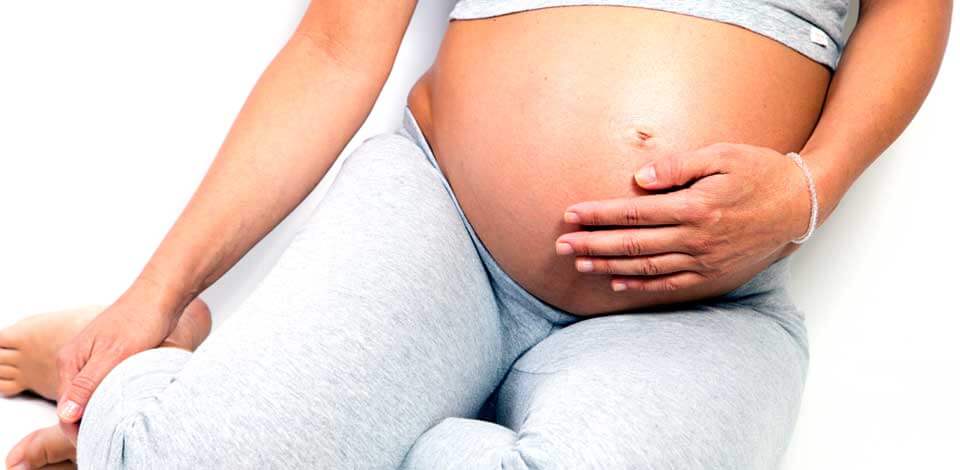Most pregnancies are safe and healthy with no risks of complications, but there are certain others that are prone to complicated risks and require close monitoring to preserve the lives of mother and child. It is quite possible for an expectant mother to feel healthy and great, yet be at constant risks of pregnancy failure – and this is the more reason a pregnant woman must not keep her distance from her caregiver.
During routine antenatal checks, many pregnancy risks can be detected and taken care of, and a qualified caregiver would monitor an expectant mother through lab tests, ultrasounds, physical exams, and via personal interviews. The following however are some of the commonest pregnancy risks and complications that a woman faces during pregnancy:
[ad name=”LinkAds”]

1. Miscarriage: Miscarriage is the birth of a baby that has already died in the womb. It is the one of the greatest fears a pregnant woman faces, and it occurs usually within the first 20 weeks of pregnancy. Loss of pregnancy can be due to external shock or injury to the baby, and it could also result from chromosomal abnormalities that hinder the embryo from developing properly. Doctors can detect risks of miscarriage through vaginal bleeding or spotting and via ultrasound.
2. Preterm labour: Preterm labour is also known as premature labour, and it is a condition where a baby arrives too early before its maturity date. Any baby delivered before 37 weeks is premature and may suffer serious health problems unless immediate attention is given to help it mature in hospital. Premature birth occurs as a result of preterm labour, and this is when the cervix begins to dilate or open up as a result of regular but premature contractions which threaten to expel the baby.
3. Pre-eclampsia: Pre-eclampsia occurs when a pregnant woman has very high blood pressure coupled with lots of protein in her liver, and kidney or liver abnormalities in addition. About 5% of pregnant women develop this condition but they recover with appropriate treatments. Pre-eclampsia could result in eclampsia if not treated, and this is a toxic condition characterized by convulsions, coma, and organ damage during or after pregnancy.
4. Low amniotic fluid: Low amniotic fluid is also called oligohydramnios, a condition where there is very little fluid within the amniotic sacs. This is the fluid in which an embryo develops into a fetus and then a baby. This is not a good condition for the baby and the situation needs to be closed monitored by your caregiver.
5. Gestational diabetes: This is an occurrence of diabetes during pregnancy, a condition that can be dangerous for the developing baby and also cause a mother to develop type 2 diabetes later in life. Proper diet and a healthy lifestyle will reduce the likelihood of surging blood sugar during pregnancy, and an expectant mother needs to be watched closely by a qualified physician if she has gestational diabetes.
6. Ectopic pregnancy: An ectopic pregnancy is also known as tubal pregnancy. It occurs when a woman’s egg is fertilized inside the fallopian tube and starts to develop right there. When an embryo develops inside the fallopian tube instead of the uterus, it can be quite fatal to both mother and child. It could cause internal bleeding, ruptured fallopian tube, and miscarriage sometimes.
7. Placenta previa: This occurs when the placenta is descended to the lower uterus instead of its upper part. It can cause severe internal bleeding and a woman may have to deliver via caesarean section if the placenta does not move itself back to its original position. For many other women, the situation corrects itself before their actual time of delivery.

